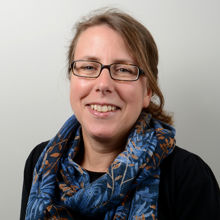Multi-band and machine learning approaches for emerging InSAR applications

This project has tested to what extent digital terrain models generated from freely available SAR data (L- and C-band) are applicable for the quantification of erosion in quick clay areas.
In order to find a suitable case study site, a total of 123 quick clay slides (in both Norway, Sweden and Canada) where initially considered. The criteria for selection were that the slide needed to have occurred within the time period where freely available SAR data is available, it needed to be of sufficient magnitude (slide area), and one of the triggering factors had to be erosion. Based on these criteria, the quick clay slide in Gjerdrum (Dec. 30, 2020) was chosen as a case study site. We tested the applicability of SAR-derived digital elevation models to measure height changes in the terrain, using publicly available datasets from ALOS Palsar and Radarsat-2).
We concluded that these freely available SAR data does not have sufficient resolution for erosion mapping at the Gjerdrum landslide on the scale that would be necessary to capture relevant terrain changes in general (decimetres to meters), let alone changes related to erosion specifically. A continuation of the projects explores now the feasibility of high-resolution, commercial SAR data and of drone-captured Lidar data to capture erosion-caused terrain changes in two different quick clay areas in the greater Oslo area.
The project was funded by the Norwegian Space Agency and by NGI.

Regula Frauenfelder
Technical Expert Remote Sensing and Geophysics regula.frauenfelder@ngi.no+47 976 85 864